Home>Home Appliances>Laundry Appliances>Why Won’t My Washing Machine Turn On
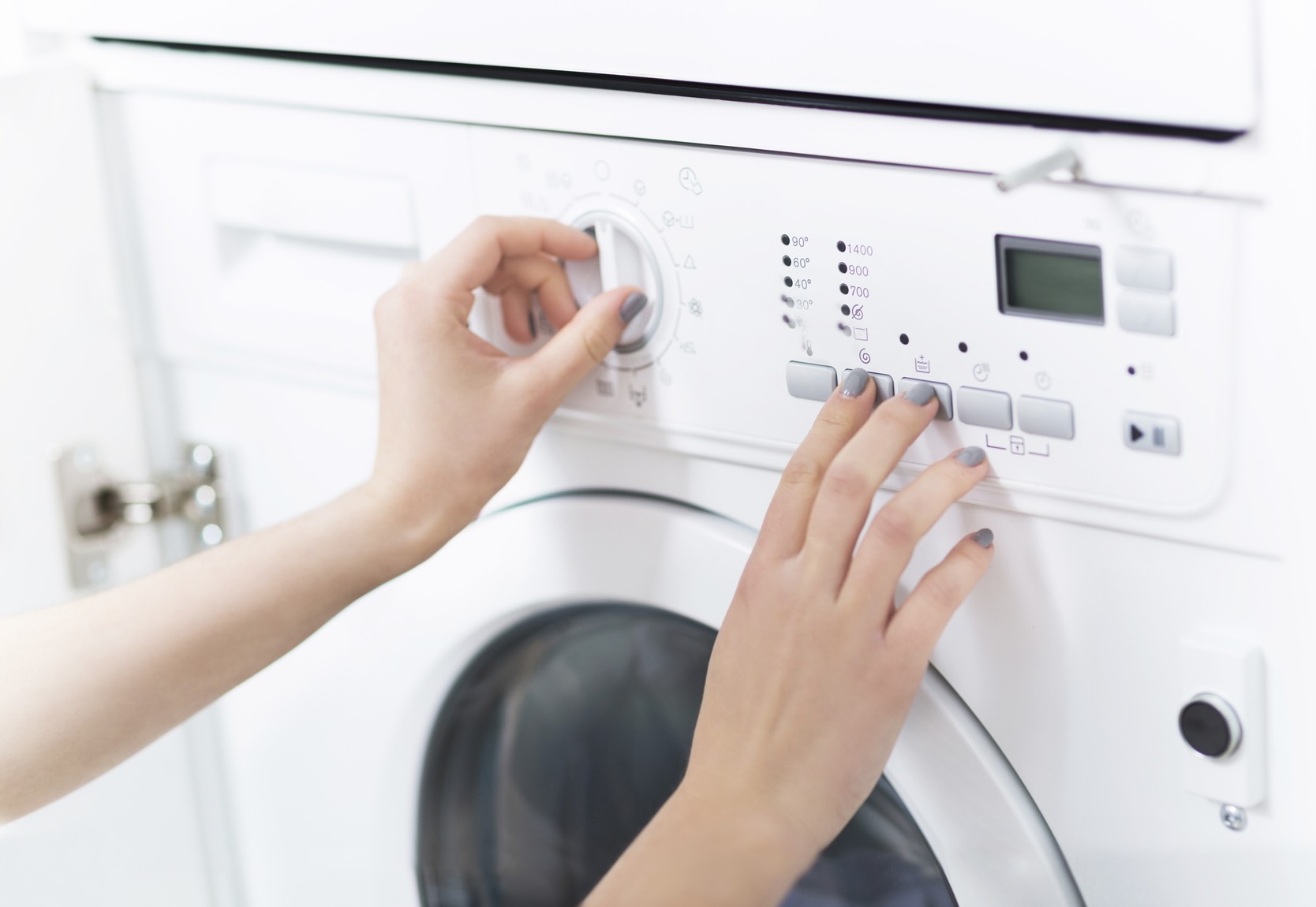

Laundry Appliances
Why Won’t My Washing Machine Turn On
Modified: October 20, 2024
Discover common reasons why your laundry appliances may not be turning on and how to troubleshoot the issue. Get your washing machine up and running again!
(Many of the links in this article redirect to a specific reviewed product. Your purchase of these products through affiliate links helps to generate commission for Storables.com, at no extra cost. Learn more)
Common Reasons for Washing Machine Failure
A washing machine is a vital appliance in any household, simplifying the daunting task of laundry. However, encountering issues with your washing machine can be frustrating and disruptive. Understanding the common reasons for washing machine failure can help you troubleshoot and address these issues effectively.
-
Overloading: Overloading the washing machine with an excessive amount of laundry can strain the appliance, leading to potential failure. It's essential to adhere to the recommended load capacity to prevent undue stress on the machine's components.
-
Imbalanced Loads: Uneven distribution of laundry within the drum can cause the washing machine to become imbalanced during the spin cycle. This imbalance can result in excessive vibrations, loud noises, and potential damage to the machine.
-
Worn Out Components: The wear and tear of essential components such as the drive belt, bearings, or motor can lead to operational issues. Regular maintenance and timely replacement of worn-out parts can prevent unexpected breakdowns.
-
Clogged Drainage: Accumulation of debris, lint, or foreign objects in the drainage system can impede the proper functioning of the washing machine. This can lead to drainage problems, water leakage, or even damage to the internal components.
-
Electrical Issues: Faulty power cords, electrical connections, or issues with the power supply can result in the washing machine failing to turn on or function properly. It's crucial to inspect the power source and electrical components to identify and address any potential issues.
-
Water Inlet Problems: Issues with the water inlet valve or water supply can hinder the washing machine's ability to fill with water or maintain the appropriate water level during the wash cycle.
Understanding these common reasons for washing machine failure empowers you to proactively address potential issues and maintain the optimal performance of your appliance. By staying vigilant and addressing these issues promptly, you can extend the lifespan of your washing machine and ensure hassle-free laundry routines.
Key Takeaways:
- Don’t overload your washing machine! Stick to the recommended load capacity to prevent strain and potential failure. Keep your machine running smoothly with proper maintenance and timely part replacements.
- Check the power source and control panel. Ensure the power cord is undamaged, and inspect the control panel for error codes. Address door lock and motor issues promptly to keep your washing machine running efficiently.
Read more: Why Wont My Washer Turn On
Checking the Power Source
When your washing machine refuses to turn on, the first step in troubleshooting this issue is to examine the power source. A lack of power can render the appliance non-operational, and several factors related to the power source could be contributing to this problem.
Power Cord and Outlet
Begin by checking the power cord for any visible signs of damage, such as fraying or exposed wires. If any damage is detected, it's crucial to refrain from using the cord and replace it immediately to prevent electrical hazards. Additionally, ensure that the power cord is securely plugged into the electrical outlet. Sometimes, the cord may become loose due to vibrations during operation, resulting in a loss of power connection.
Circuit Breaker and Fuses
Inspect the circuit breaker in your home's electrical panel to verify that the washing machine's circuit has not tripped. If the circuit breaker has tripped, reset it and attempt to power on the washing machine again. Similarly, check the fuses in the electrical panel to ensure they have not blown. A blown fuse can disrupt the power supply to the washing machine, causing it to remain non-responsive.
Power Supply
In cases where the washing machine is plugged into a GFCI (Ground Fault Circuit Interrupter) outlet, it's essential to confirm that the outlet has not tripped. GFCI outlets are equipped with a test and reset button, and pressing the reset button can restore power to the outlet. Additionally, verify that other appliances or devices connected to the same power supply are functioning properly. If multiple devices are experiencing power issues, the problem may be attributed to the power supply itself.
Read more: Why Wont My Maytag Washer Turn On
Voltage Fluctuations
Fluctuations in voltage can impact the performance of electrical appliances, including washing machines. Consider using a voltage tester to assess the stability of the power supply to the washing machine. If voltage fluctuations are identified, consulting a qualified electrician to address this issue is recommended to prevent potential damage to the appliance.
By meticulously examining the power source and addressing any issues related to the power supply, you can effectively troubleshoot the problem of a non-responsive washing machine. Identifying and resolving power-related issues is a fundamental step in restoring the functionality of your washing machine and ensuring uninterrupted laundry routines.
Examining the Control Panel
The control panel of a washing machine serves as the command center for initiating and regulating various wash cycles and settings. When encountering issues with a non-responsive washing machine, a thorough examination of the control panel is essential to identify potential malfunctions and address them effectively.
Power and Display
Begin by verifying that the washing machine is securely connected to a power source and that the power supply is stable. Once the power source is confirmed, inspect the display panel for any error codes or indicators that may provide insight into the underlying issue. Error codes such as "E1," "F5," or "ERR" can offer valuable diagnostic information, guiding you towards the specific problem affecting the appliance.
Control Buttons and Settings
Carefully assess the functionality of the control buttons and settings on the panel. Press each button to determine if they respond appropriately, and observe the corresponding display or indicator lights to ensure they are functioning as intended. In some cases, unresponsive or malfunctioning buttons may indicate a need for cleaning or repair to restore their functionality.
Read more: Why Wont My GE Washer Spin
Electronic Control Board
The electronic control board, often located behind the control panel, is responsible for processing commands and regulating the various functions of the washing machine. Inspect the control board for any visible signs of damage, such as burnt components, loose connections, or corrosion. These issues can impede the proper functioning of the control board and may require professional repair or replacement.
Wiring and Connections
Examine the wiring and connections associated with the control panel and electronic control board. Loose or damaged wiring can disrupt the communication between the control panel and the internal components of the washing machine, leading to operational issues. Ensure that all connections are secure and free from damage to maintain the integrity of the electrical system.
User Interface
The user interface of the control panel, including the display screen and button interface, should be free from physical damage and responsive to user input. Any cracks, scratches, or unresponsiveness in the user interface may necessitate the replacement of the control panel to restore the functionality and usability of the washing machine.
By meticulously examining the control panel and its associated components, you can gain valuable insights into the potential causes of a non-responsive washing machine. Identifying and addressing issues related to the control panel is crucial in restoring the appliance's functionality and ensuring seamless laundry operations.
Potential Issues with the Door Lock
The door lock of a washing machine plays a pivotal role in ensuring the safety of users and the proper execution of wash cycles. When encountering a non-responsive washing machine, potential issues with the door lock must be thoroughly examined to identify and address any malfunctions.
Read more: Why Wont My Fan Turn On
Locking Mechanism
The door lock mechanism is designed to secure the washing machine door during operation, preventing accidental opening and ensuring the safety of users. If the door lock fails to engage or disengage properly, it can result in the washing machine refusing to start or complete a cycle. A faulty locking mechanism may stem from mechanical wear, misalignment, or electronic control board issues.
Electronic Interlock
Modern washing machines are equipped with electronic interlock systems that utilize sensors and switches to detect the status of the door lock. If the electronic interlock system malfunctions, it can inaccurately signal that the door is not securely closed, preventing the washing machine from initiating a cycle. This can be attributed to sensor misalignment, wiring issues, or electronic component failure.
Door Lock Assembly
The door lock assembly comprises various components, including the latch, solenoid, and locking mechanism. A malfunction in any of these components can impede the proper operation of the door lock, leading to a non-responsive washing machine. Common issues may include a worn-out solenoid, a misaligned latch, or mechanical obstructions hindering the locking mechanism.
Safety Interlocks
Incorporated as a safety feature, washing machines are equipped with interlocks that prevent the appliance from operating if the door is not securely closed. Issues with the safety interlock system, such as faulty sensors or wiring, can erroneously signal that the door is open, resulting in the washing machine failing to start. Additionally, debris or foreign objects obstructing the door seal can trigger the safety interlock, preventing the initiation of a wash cycle.
Read more: Why Wont My Dishwasher Turn On
Diagnostics and Resolution
To address potential issues with the door lock, a systematic diagnostic approach is essential. This involves inspecting the physical condition of the door lock components, testing the electronic interlock system, and verifying the integrity of the safety interlocks. If any issues are identified, prompt repair or replacement of the affected components is necessary to restore the functionality of the door lock and enable the washing machine to operate as intended.
By meticulously examining the door lock and its associated components, you can pinpoint potential malfunctions and take the necessary steps to rectify them. Ensuring the proper functioning of the door lock is imperative in restoring the operational capabilities of the washing machine and facilitating seamless laundry routines.
Troubleshooting the Motor and Drive Belt
The motor and drive belt are integral components of a washing machine, responsible for powering the drum's rotation and facilitating the various wash cycles. When encountering a non-responsive washing machine, troubleshooting the motor and drive belt is crucial in identifying potential malfunctions and restoring the appliance's operational capabilities.
Motor Functionality
Begin the troubleshooting process by assessing the functionality of the washing machine's motor. The motor is tasked with driving the drum's rotation during wash and spin cycles. A malfunctioning motor can result in the washing machine failing to initiate or complete a cycle. Start by verifying that the motor receives power and that its connections are secure. Additionally, inspect the motor's internal components for signs of wear, overheating, or electrical issues. Any abnormalities detected during this inspection may indicate the need for motor repair or replacement.
Drive Belt Inspection
The drive belt, also known as the washer belt, transmits power from the motor to the drum, enabling the rotation necessary for washing and spinning. A worn or damaged drive belt can impede the drum's movement, causing the washing machine to remain non-responsive. Begin by visually inspecting the drive belt for signs of wear, such as fraying, cracking, or stretching. A loose or damaged drive belt should be promptly replaced to restore the proper functionality of the washing machine.
Belt Tension and Alignment
In addition to the drive belt's physical condition, its tension and alignment play a critical role in ensuring optimal performance. A loose or misaligned drive belt can lead to slippage or disengagement, preventing the drum from rotating effectively. Adjust the tension of the drive belt according to the manufacturer's specifications to ensure proper engagement with the motor and drum pulleys. Furthermore, verify that the drive belt is aligned correctly and sits securely on the pulleys to facilitate smooth and consistent rotation.
Motor Coupling Assessment
The motor coupling, present in some washing machine models, serves as a connection point between the motor and the transmission. A malfunctioning or broken motor coupling can disrupt the transfer of power from the motor to the transmission, resulting in the washing machine's non-responsiveness. Inspect the motor coupling for signs of wear, damage, or misalignment, and replace it if necessary to restore the seamless operation of the washing machine.
Professional Evaluation
If troubleshooting the motor and drive belt does not resolve the non-responsive behavior of the washing machine, seeking professional evaluation and repair is advisable. A qualified technician can conduct comprehensive diagnostics to identify underlying issues with the motor, drive belt, or related components, ensuring the effective restoration of the appliance's functionality.
By meticulously troubleshooting the motor and drive belt, you can pinpoint potential malfunctions and take the necessary steps to rectify them. Ensuring the proper functionality of these essential components is imperative in restoring the operational capabilities of the washing machine and facilitating seamless laundry routines.
Frequently Asked Questions about Why Won't My Washing Machine Turn On
Was this page helpful?
At Storables.com, we guarantee accurate and reliable information. Our content, validated by Expert Board Contributors, is crafted following stringent Editorial Policies. We're committed to providing you with well-researched, expert-backed insights for all your informational needs.
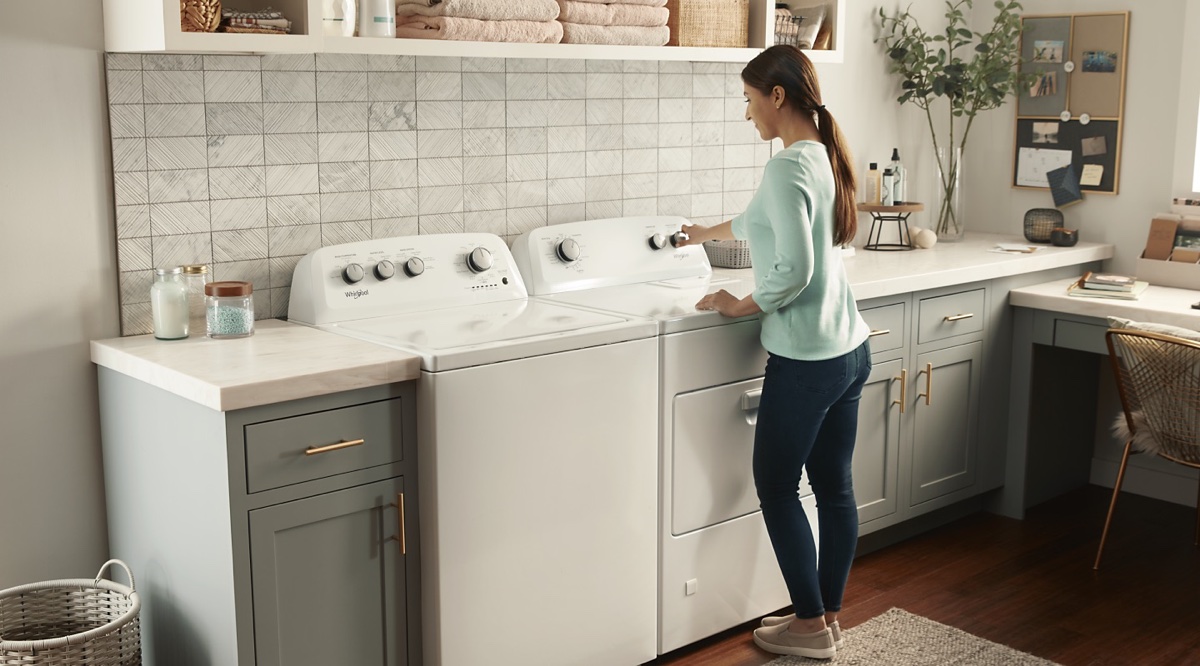

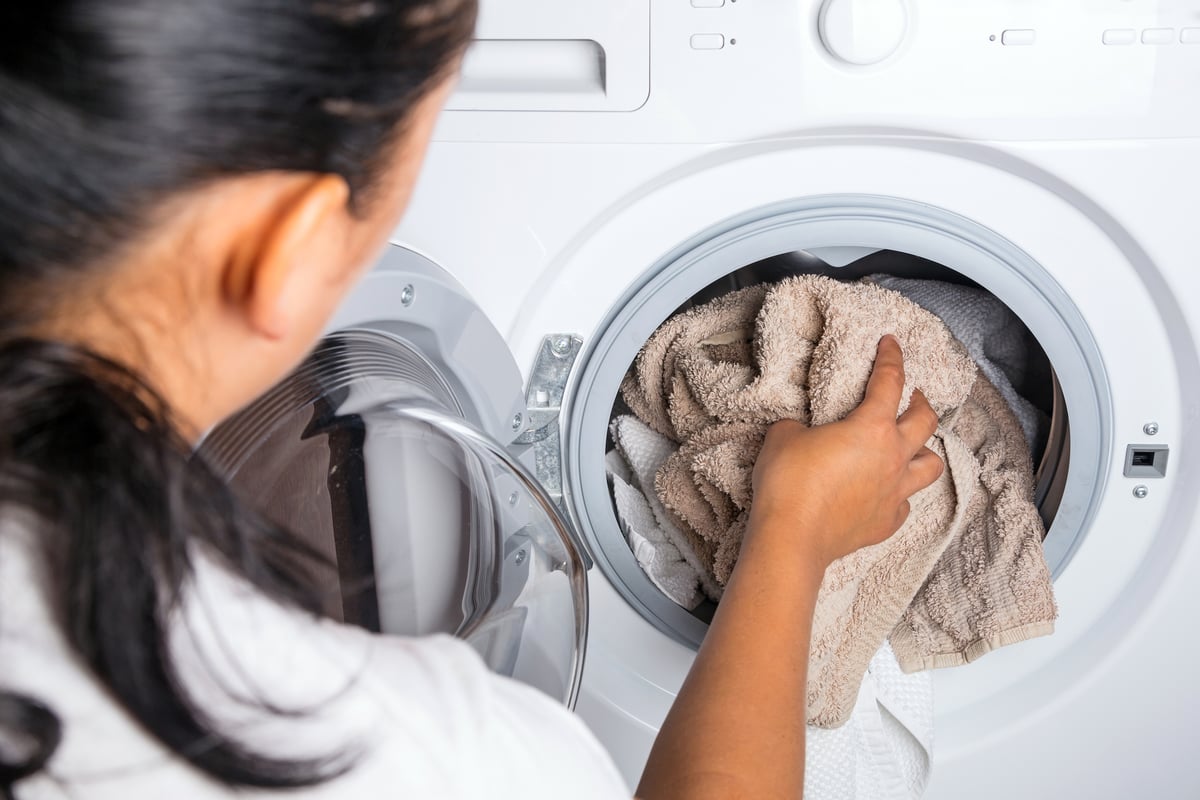
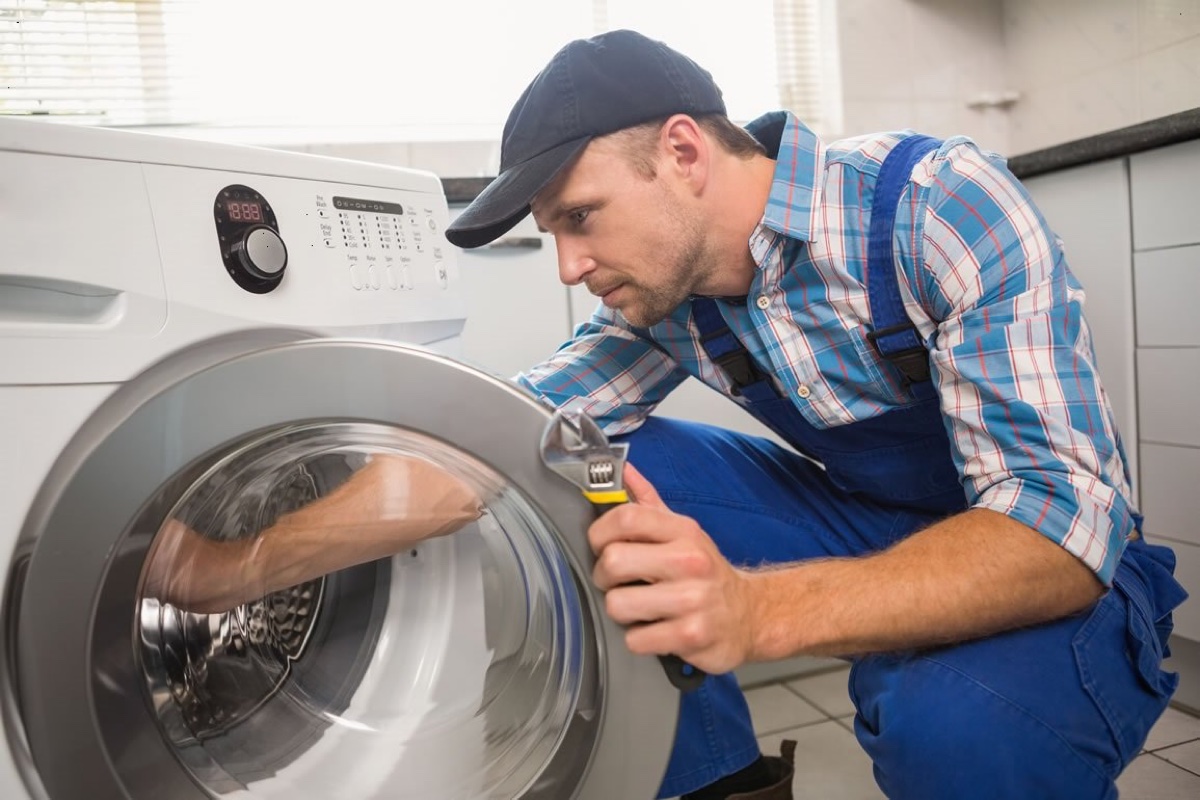
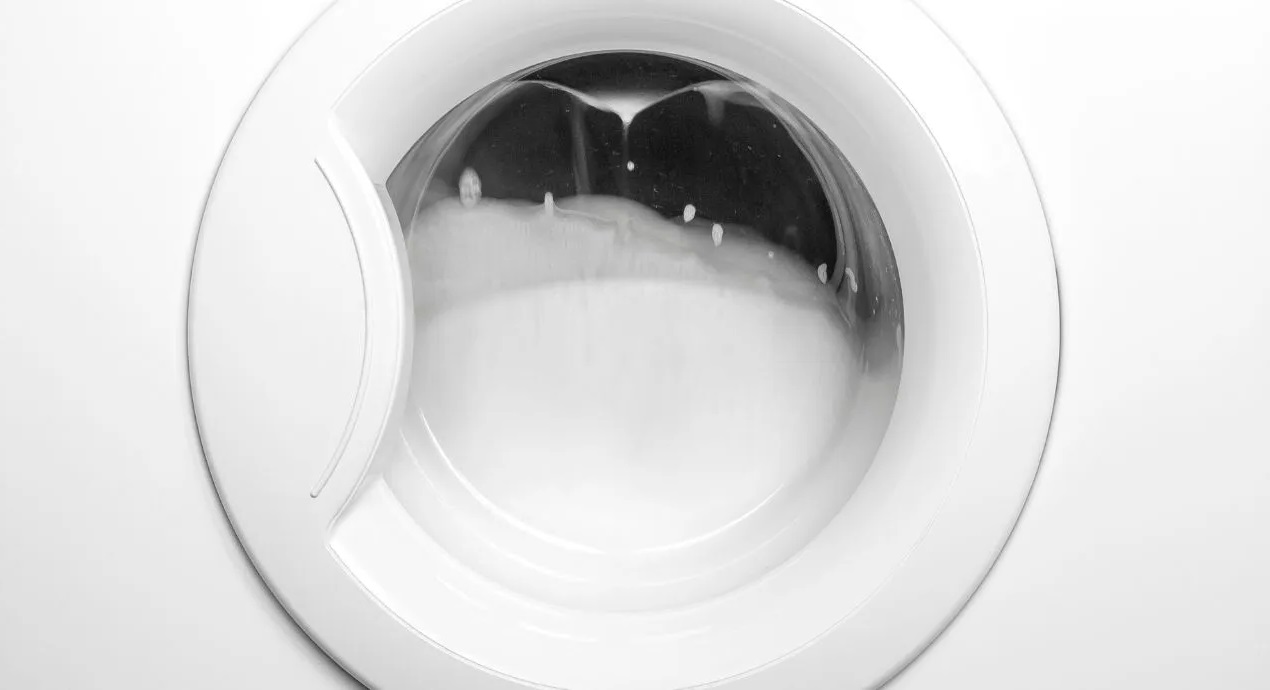
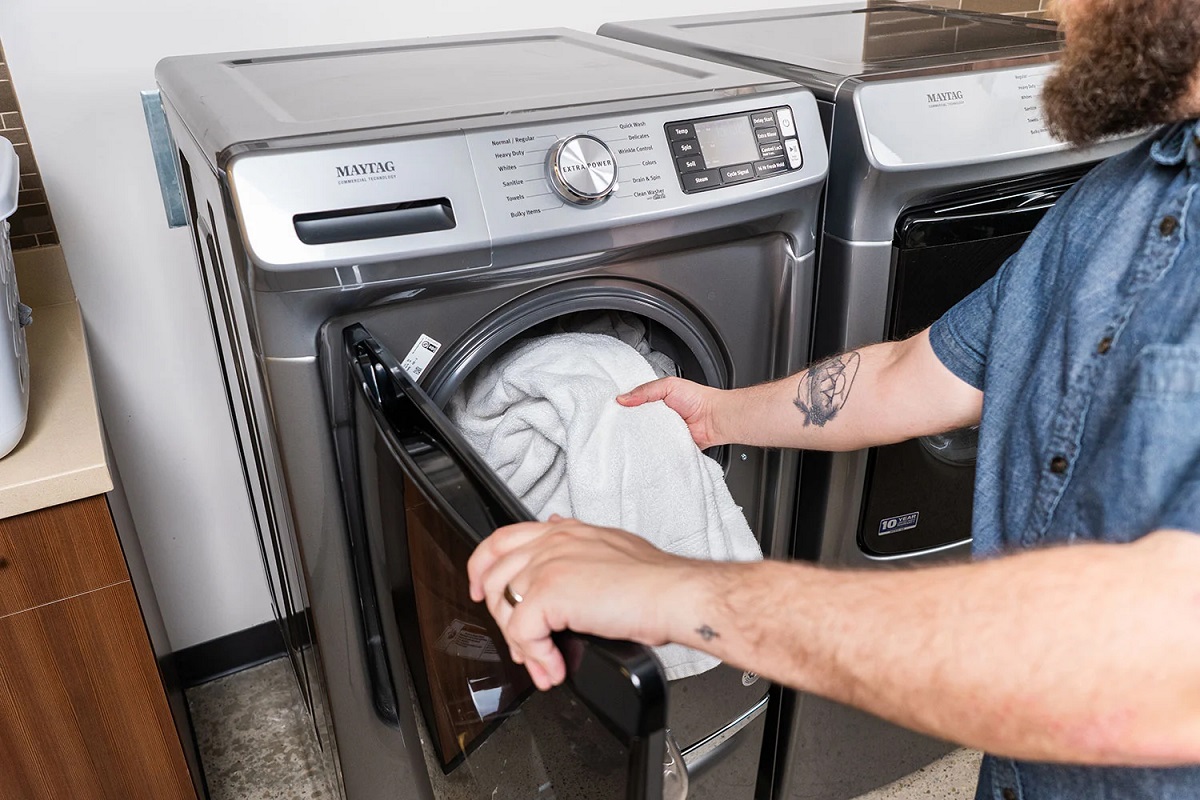
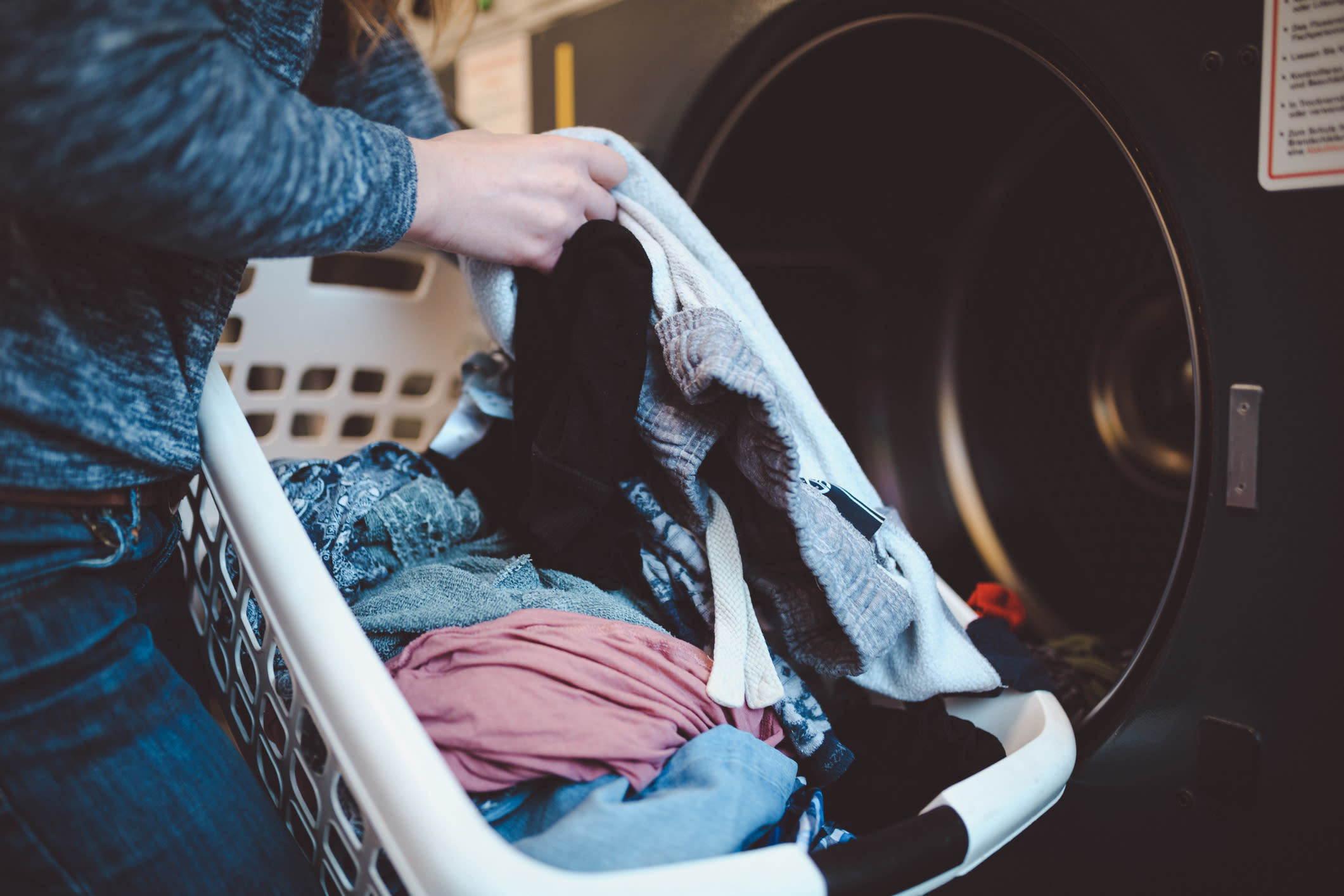
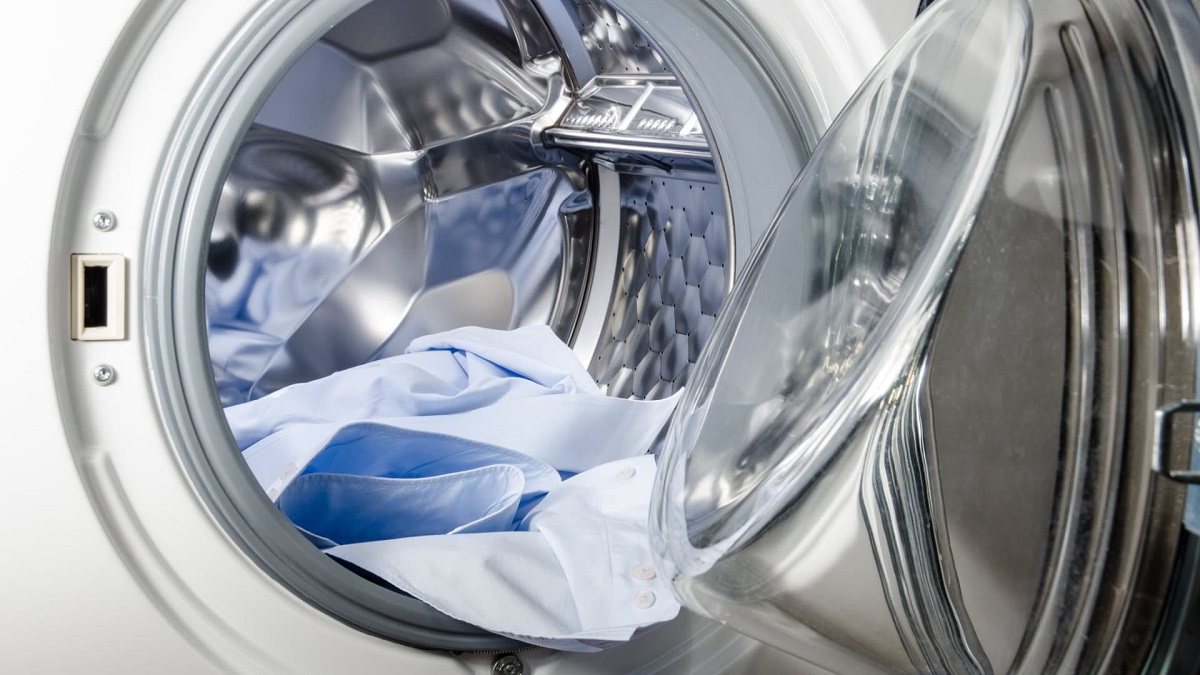
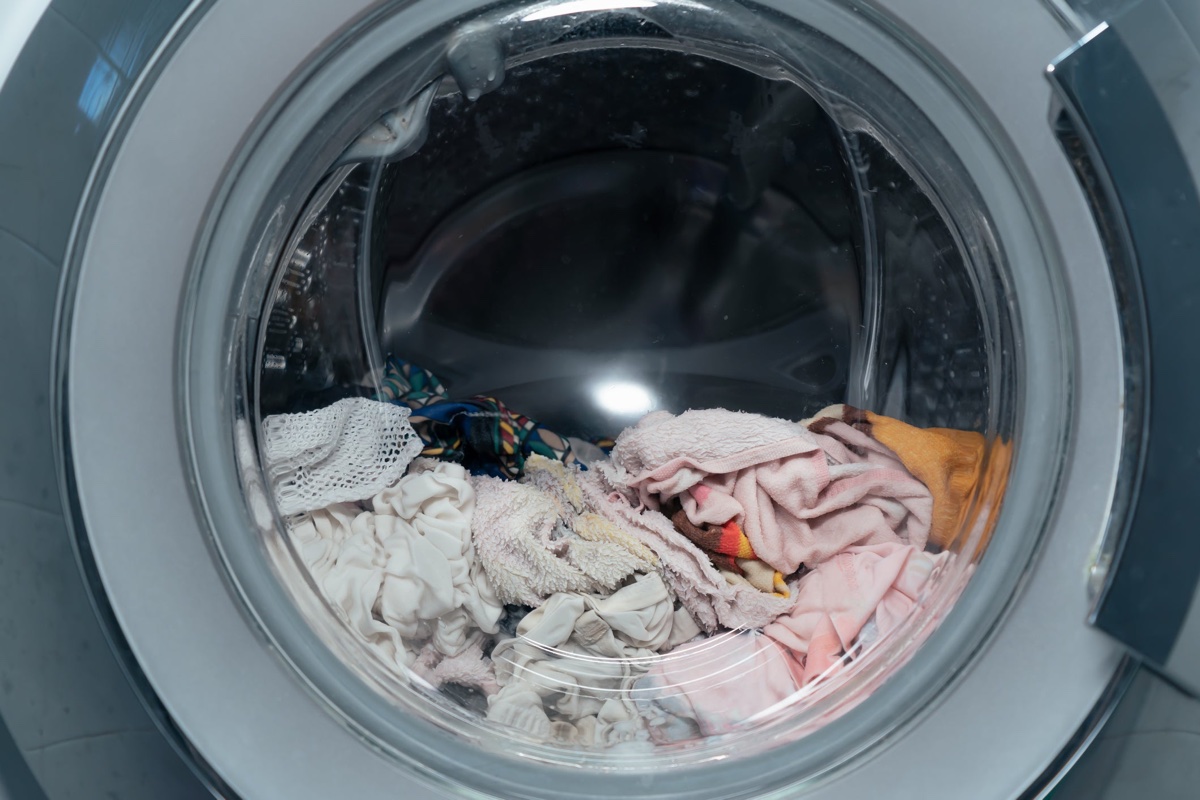
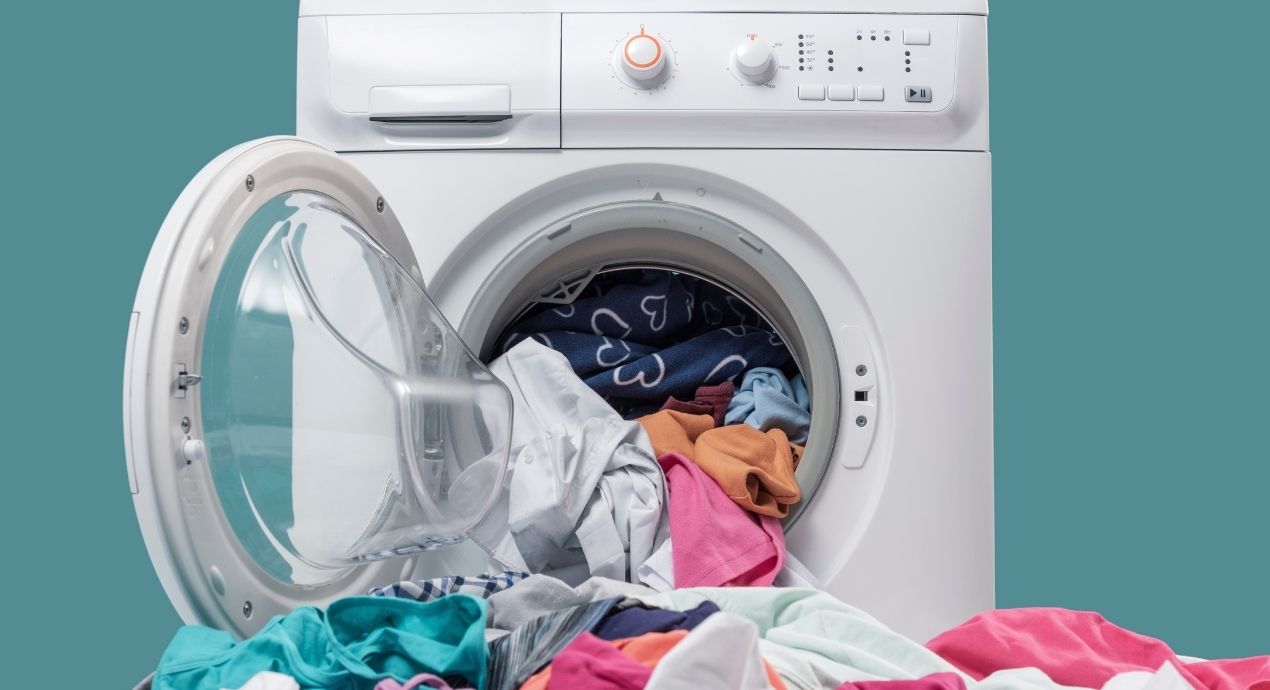

0 thoughts on “Why Won’t My Washing Machine Turn On”